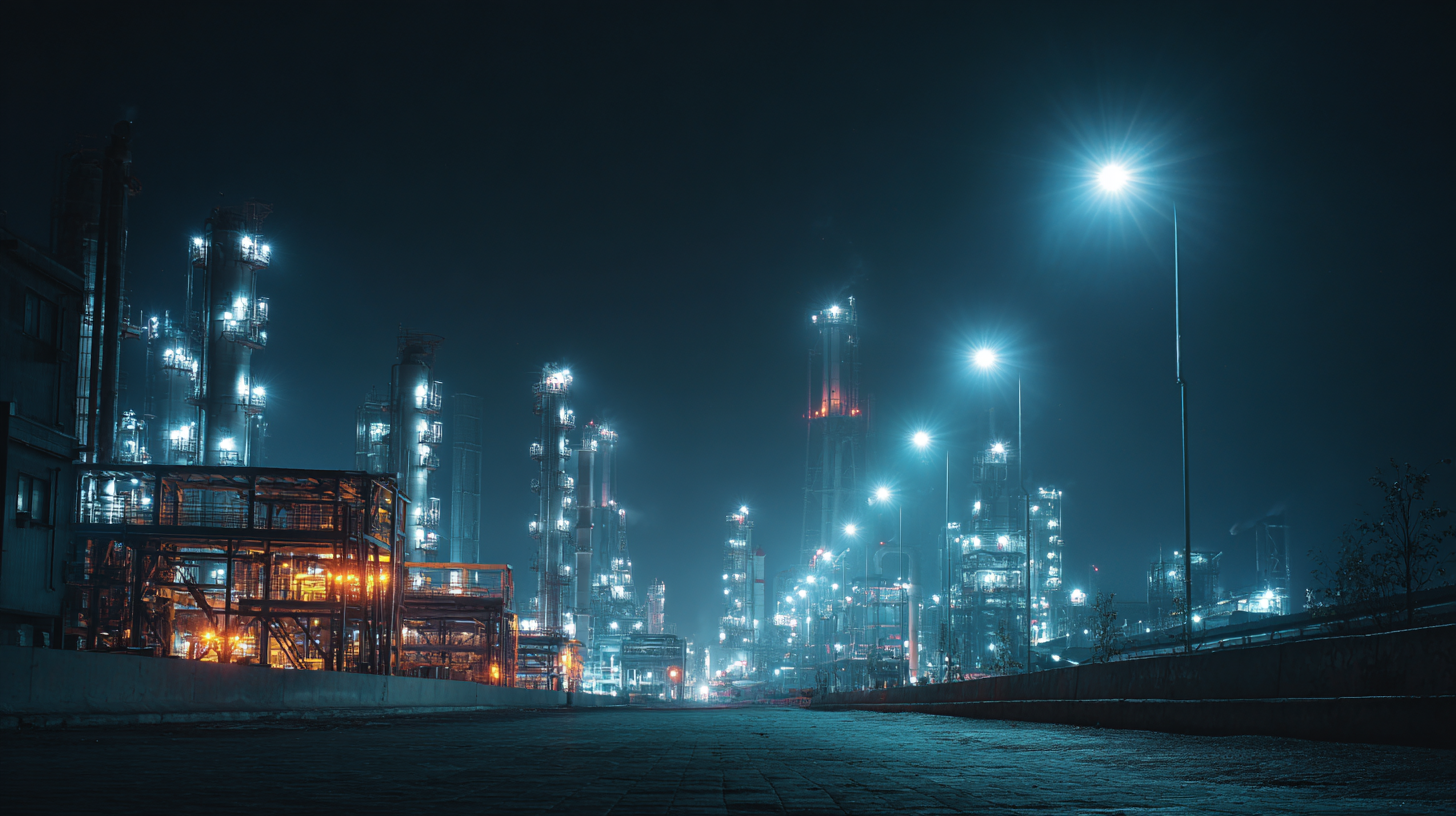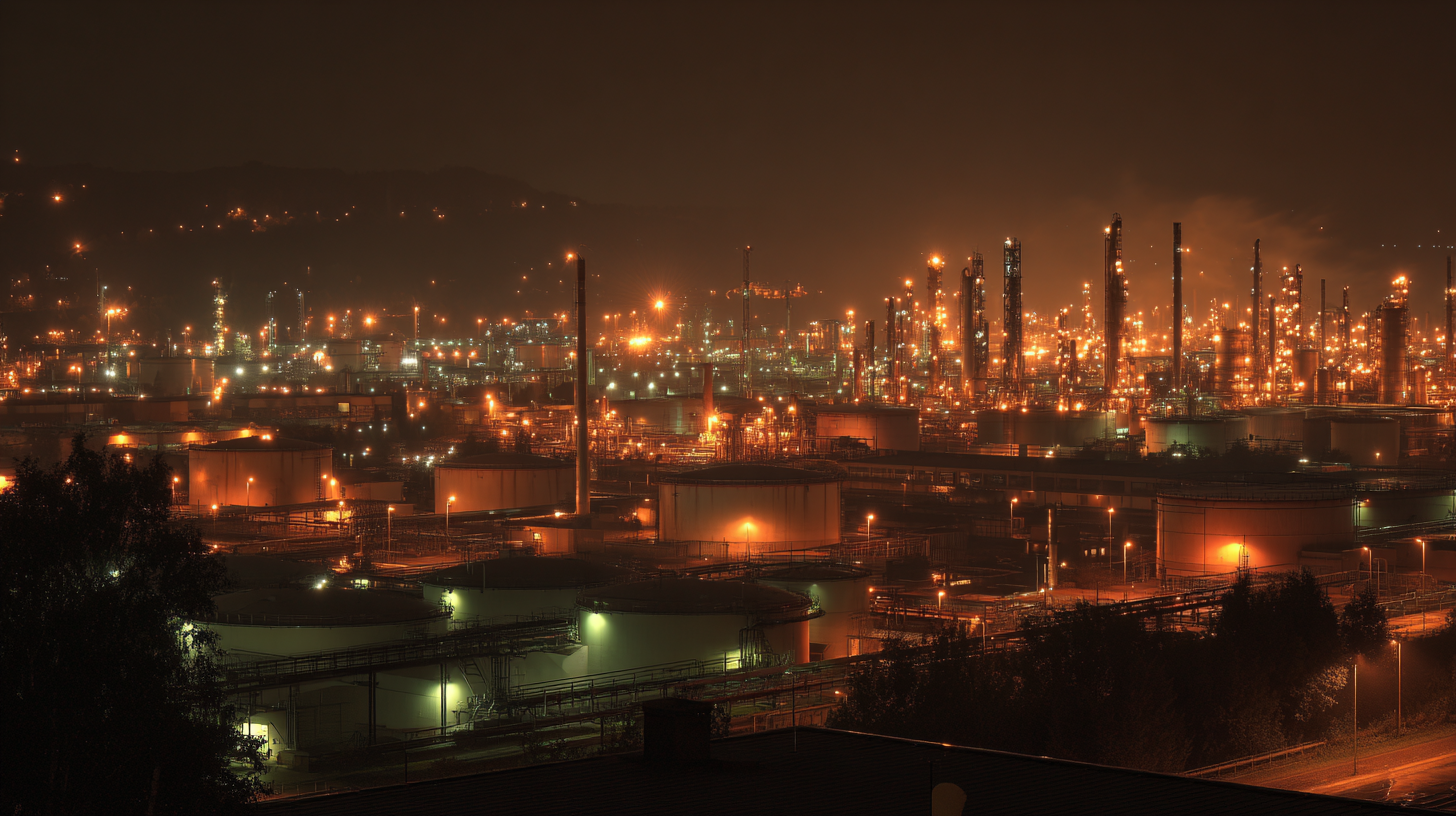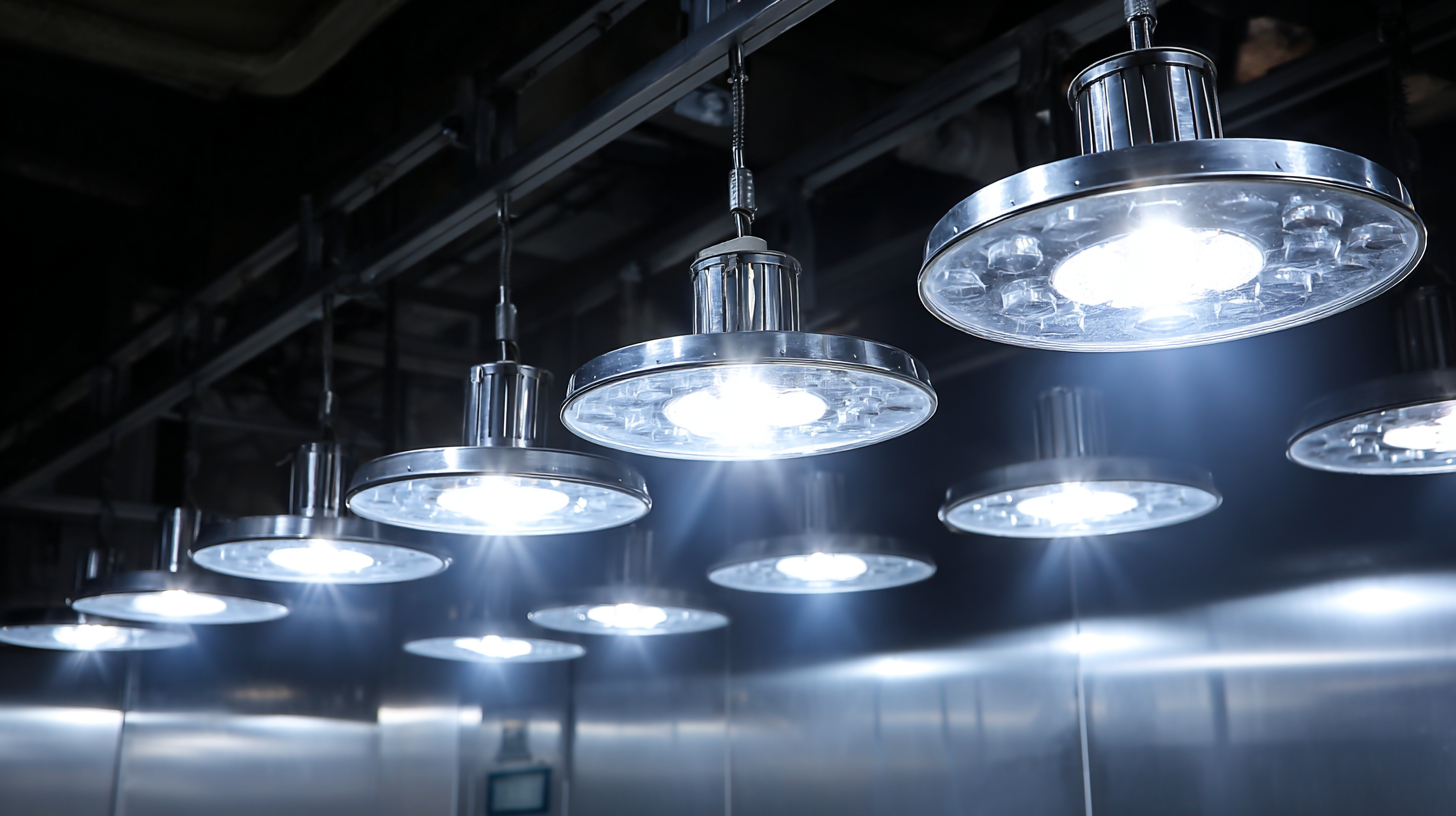
Unlocking Energy Efficiency: Best Industrial Lighting Parameters and How to Achieve Optimal Performance
In the quest for enhanced productivity and cost savings, energy efficiency in industrial settings has become a focal point for manufacturers worldwide. As industries evolve, the importance of adopting the best industrial lighting practices cannot be overstated. Proper lighting not only improves operational efficiency but also contributes to employee well-being and safety. In this blog, we will explore key parameters of industrial lighting that unlock energy efficiency, delving into the most effective technologies and practices that can be implemented. With a focus on “Made in China” quality products, we aim to provide insights into how businesses can achieve optimal lighting performance while adhering to global standards. Prepare to discover how incorporating advanced industrial lighting solutions can lead to significant benefits for your operations, ultimately paving the way for a greener and more sustainable future.

Understanding the Key Types of Industrial Lighting Solutions and Their Unique Features
When it comes to industrial settings, choosing the right lighting solution is crucial for enhancing both efficiency and productivity. The three primary types of industrial lighting are LED, fluorescent, and high-intensity discharge (HID) lights. Each type boasts unique features tailored to specific operational environments. For instance, LEDs are known for their longevity and energy efficiency, making them ideal for facilities with long working hours.
 Fluorescent fixtures, on the other hand, provide cost-effective and uniform light distribution, suitable for warehouses and manufacturing areas.
Fluorescent fixtures, on the other hand, provide cost-effective and uniform light distribution, suitable for warehouses and manufacturing areas.
Tip: When selecting lighting, consider not only the energy consumption but also the color rendering index (CRI). A higher CRI results in better visibility and color accuracy, which is essential in precise manufacturing processes.
High-intensity discharge lights, such as metal halide lamps, are typically used in large spaces due to their high lumen output. However, they may have a longer warm-up time and reduced efficiency. For environments requiring instant brightness, LEDs are preferable as they turn on immediately and provide full brightness without delay.
Tip: Regular maintenance of industrial lighting can prevent downtime and ensure optimal performance. Implementing a routine inspection schedule can help identify issues early, allowing for timely replacements or repairs.
Comparative Analysis of LED, Fluorescent, and HID Lighting in Industrial Settings
In the quest for energy efficiency in industrial settings, a comparative analysis of LED, fluorescent, and high-intensity discharge (HID) lighting reveals significant differences in performance, cost-effectiveness, and environmental impact. LED lighting has emerged as a frontrunner due to its remarkable energy savings and longevity, boasting an average lifespan of up to 50,000 hours. In contrast, fluorescent lights, while more efficient than traditional incandescent bulbs, typically last between 7,000 to 15,000 hours and have a slower warm-up time. HID lighting, although bright and effective for large spaces, consumes more energy and has a shorter lifespan, generally ranging from 15,000 to 24,000 hours.
When considering these options, it is essential to examine not only the energy consumption but also the quality of light produced. LED lights offer superior color rendering, which is crucial in industrial settings where accurate color perception is imperative for quality control. Fluorescent lighting can struggle with consistent color output, and HID lights may produce harsh lighting that can lead to fatigue over extended use. Ultimately, selecting the appropriate lighting type hinges on balancing initial investment, maintenance costs, and the specific needs of the workspace, making informed choices critical to achieving optimal performance and energy efficiency.
Factors Influencing the Selection of Industrial Lighting for Energy Efficiency
When selecting industrial lighting to enhance energy efficiency, several critical factors come into play. The first aspect to consider is the lumen output, which significantly impacts not only visibility but also energy consumption. Data from the U.S. Department of Energy indicates that LEDs can produce up to 100 lumens per watt, making them a superior option compared to traditional incandescent bulbs, which often provide only 10-17 lumens per watt. Adopting high-lumen-output fixtures can lead to substantial energy savings, translating to reduced operational costs.
Another important consideration is the color temperature of the lighting. The Illuminating Engineering Society recommends specific color temperatures for various work environments; for instance, around 4000K is ideal for warehouses. This not only improves worker productivity but can also affect energy consumption patterns. Furthermore, incorporating smart lighting controls, such as motion sensors and timers, can adjust the illumination based on real-time needs. According to a report by the National Electrical Manufacturers Association, utilizing these technologies can result in energy savings of 30% to 50%. Therefore, understanding these parameters is vital for industries aiming to optimize their lighting systems while maintaining efficiency.
Best Practices for Implementing Optimal Lighting Performance in Factories
Implementing optimal lighting performance in factories is crucial for enhancing energy efficiency and improving worker productivity. One of the best practices is to conduct a thorough lighting audit, assessing current illumination levels and identifying areas where improvement is needed. By utilizing advanced lighting technologies, such as LED fixtures, facilities can significantly reduce energy consumption while providing better visibility. The use of smart sensors also allows for adaptive lighting solutions that adjust based on occupancy and natural daylight, further maximizing energy savings.
In addition to technology upgrades, the layout of lighting fixtures should be strategically planned to ensure even distribution of light across workspaces. This not only helps reduce shadows and glare but also aligns with specific task requirements. Regular maintenance and cleaning of lighting fixtures play a key role in maintaining optimal performance, as dirt and dust can diminish light quality. Training employees on the benefits of efficient lighting can foster a culture of energy awareness, encouraging everyone to contribute to sustainability goals within the factory environment.
Unlocking Energy Efficiency: Industrial Lighting Performance
Assessing the Impact of Industrial Lighting on Safety and Productivity
Industrial lighting is a fundamental aspect of workplace safety and productivity, with studies indicating that adequate lighting can enhance employee performance by up to 25%. According to the U.S. Department of Energy, improper lighting not only increases the risk of accidents but can also diminish overall workforce efficiency. In high-risk environments like manufacturing plants, proper illumination reduces glare and shadows, allowing workers to perform tasks more accurately and safely. A report by the Illuminating Engineering Society (IES) highlights that increasing light levels in warehouse settings can lead to a 30% reduction in error rates during picking processes.

Moreover, optimal lighting design takes into account both the intensity and color temperature of light. Research conducted by the American Society of Interior Designers shows that softer, warmer light improves visual comfort and can elevate mood, resulting in higher employee satisfaction and lower absenteeism. Facilities that implement LED technology can save up to 60% in energy costs while providing superior quality lighting, further supporting a safer and more productive work environment. As industries continue to evolve, focusing on lighting parameters not only enhances safety but also drives operational efficiency, making it a critical investment for the future.
